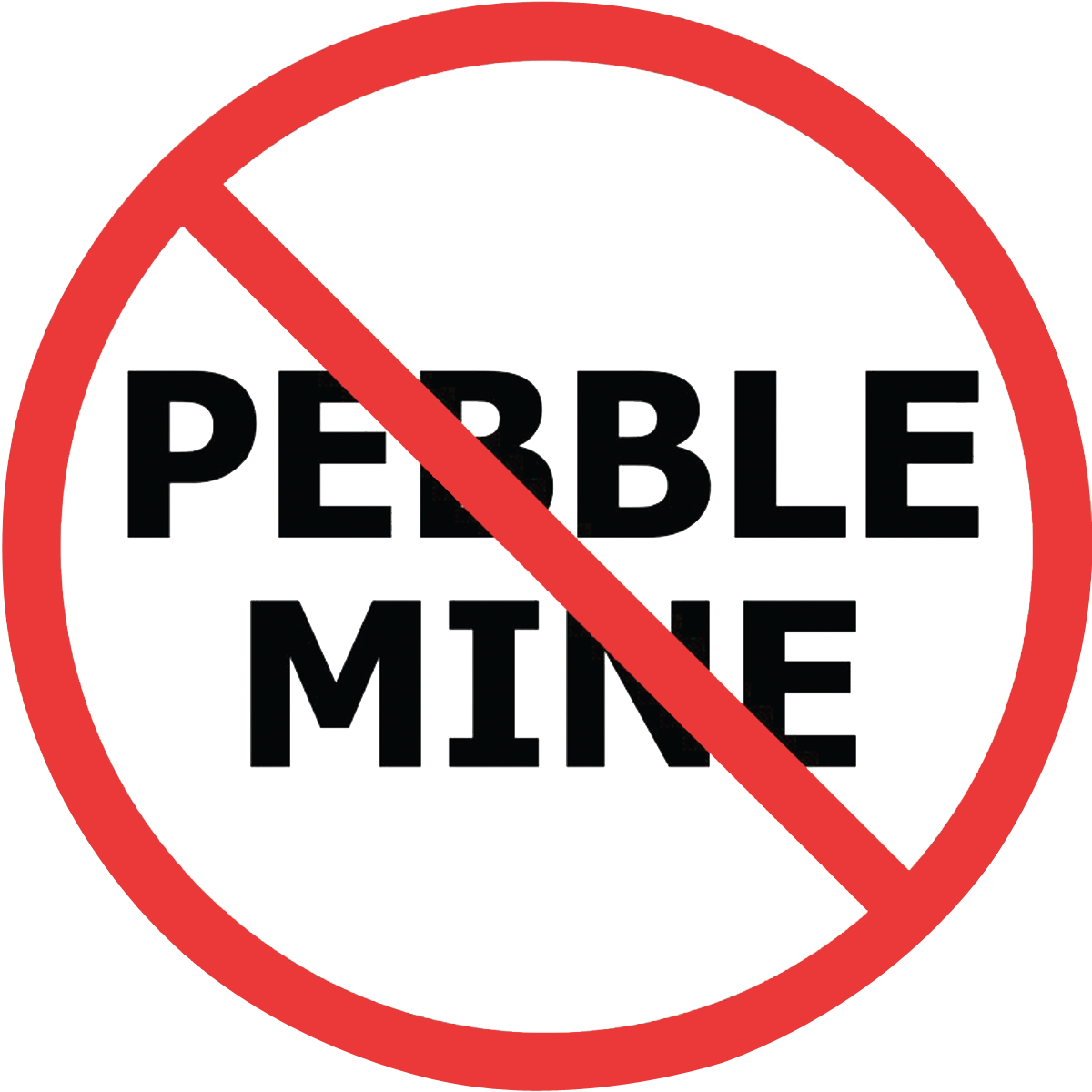OPINION: Pebble Mine: Golden egg or expensive lemon?
View original story on the Bristol Bay Times
February 22nd | Andre Sobolewski
I've been asked recently to review the Pebble mine project, which will soon release its Draft Environmental Impact Statement. It's what I've done professionally for the past 29 years, though I usually work on the company side, rather than for the environmental opposition. My specialty is water treatment: I design systems that cleanse polluted water during the mining operation and after it closes. Thus far, what I've seen of this project isn't pretty.
This is a gargantuan deposit, potentially worth hundreds of billions of dollars, if you believe Wikipedia. Everything about it is mind-bogglingly big: the size of the deposit, how big a pit would be dug to get the ore, how much rock waste would be generated, and how much water could potentially dissolve toxic contaminants that risk being released into the environment.
Of course, there are plans to prevent that. The mining company is putting together a mining plan that will manage the waste prudently and would collect the contaminated water and purify it before it leaves the site. At least, that's what is being proposed. I've had a look at their proposals and read through many of the technical documents they released. It's about as flimsy as I've ever seen.
What's being proposed is one of the largest, most complex water treatment plants (two plants, in fact) I've ever seen, which makes sense for a project on that scale. It has every water treatment gizmo you can imagine. But then, when I look for the information that backs up this design, I find ... thin wisps of paper! It's somewhat based on the design of a treatment plant in South Africa (at the Elamalheni Mine), but it doesn't explain how the design that took years to develop over there is going to work over here.
You might think the fact that it's colder here should be accounted for, but it isn't clear that it has been. As far as I can tell - and that's still difficult, even after I've read a dozen technical documents - the design is based on average conditions at the mine. But you and I know that when the ice breaks up and snow melts, you get the biggest flows of the year. That's the conditions you should design for: for that rush of water and contaminants (what we call the 90th percentile conditions) rather than the average conditions.
Have they tested this thing? Not as far as I can tell. How do they know it's going to work? Well, it worked in South Africa and parts of it worked at other mine sites, so it ought to work at Pebble. That's their argument. Hmm: How much snow melt do they get in South Africa? Do they also treat for copper, sulfate and selenium that are expected to be released at toxic concentrations at Pebble? And how does it compare with discharging into waters that flow into Bristol Bay? That's where half of the world's sockeye comes from!
I know what the mining company is going to say: You live in British Columbia, don't you? What do you know about Alaska? I confess I've only been in Alaska a few times, never in winter. But I've spent 15 years working in the Yukon. In fact, I wrote a manual for their government on how to evaluate mines proposed for the territory, including how to evaluate any potential impacts on the environment. That pretty much makes me an expert on impacts of mines in cold climates.
Speaking of mines in the Yukon, you might want to look at what happened in Faro. That was another gigantic mine (lead/zinc) and it also promised job, jobs, jobs! Except that it went belly up and Curragh Resources was too small to cover the cost of the environmental liability: the acid tailings that threaten to release toxic water and the two pits and mining waste left lying around. It took years and millions of dollars from our federal government to come up with a plan to clean it up. In the Pebble case, Alaskans could be looking at billions of dollars in liability.
Do yourselves a favor. When the mining company comes to you with this shiny new proposal (jobs, jobs, jobs!), do more than look at the big, shiny car and cool paint job. Open up the hood. Ask a mechanic to look at the engine, suspension and other important parts. You don't want to be stuck with a lemon, especially not one this big.
Dr. Andre Sobolewski is an environmental consultant based in BC. In his 29 year-career, he participated in or reviewed over two dozen Environmental Impact Statements for the mining industry, government and NGOs. He also designs and troubleshoots mine water treatment systems.
